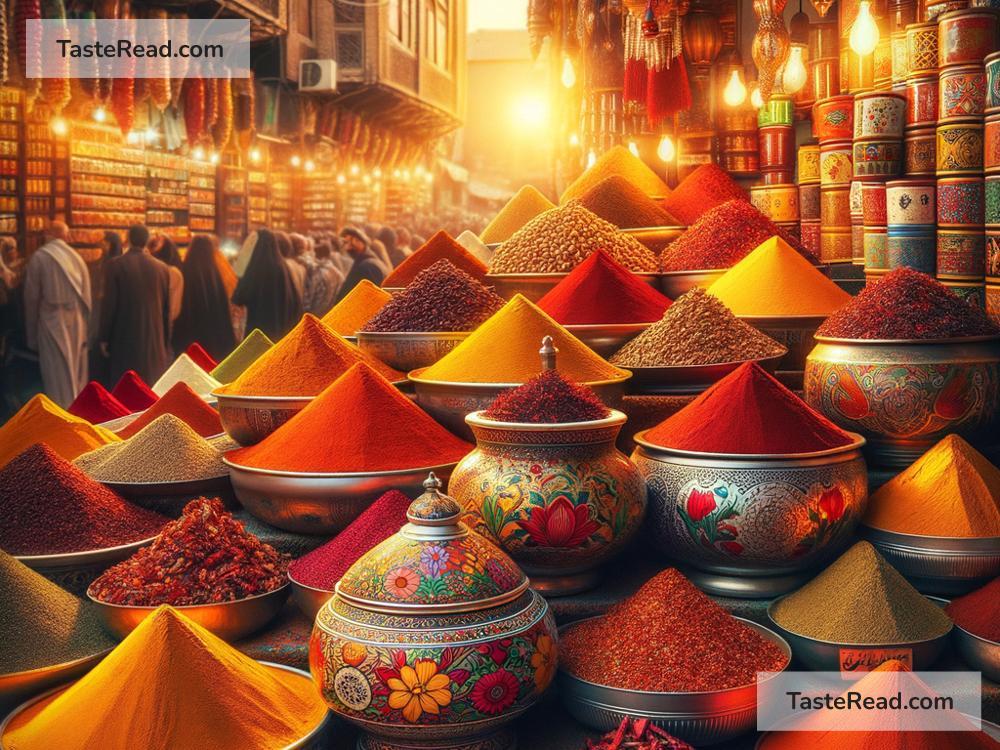Discovering the Subtle Spices of Persian Cuisine in Tehran
When you step into the bustling streets of Tehran, you embark on a culinary adventure that promises an explosion of flavors, aromas, and colors. The heart of Iran is not just its historic sites or its welcoming people; it’s also in the rich, diverse, and utterly delicious Persian cuisine. Unlike other cuisines where bold spices often steal the show, Persian cooking is all about the art of using subtle spices to create dishes that are gentle, fragrant, and deeply flavorful. Let’s take a closer look at the magic woven into the fabric of Persian dishes, a journey through the subtle spices that make this cuisine uniquely captivating.
Persian cuisine stands out for its ingenious use of spices, which are used not to overpower but to enhance the natural flavors of the main ingredients. It’s a culinary philosophy that emphasizes balance and harmony, bringing out a symphony of tastes in each dish.
The Kingdom of Saffron
If there is one spice that could encapsarlate the essence of Persian cuisine, it would be saffron. This precious and intensely aromatic spice, derived from the dried stigma of the crocus flower, gives a golden hue and a subtly earthy, yet sweet, flavor to dishes. Saffron is the star in many Persian recipes, from the iconic saffron-infused rice that accompanies many meals to the luxurious stews that define Persian dining.
The Warmth of Cardamom and Cinnamon
Walking through a Tehran bazaar, your senses will be greeted by the sweet and spicy aroma of cardamom and cinnamon. These spices are often used in Persian pastries and sweets, such as the delightful Sholeh Zard, a rich, saffron and cardamom-infused rice pudding. But their magic doesn’t end with desserts. They also appear in savory dishes, lending a warm, slightly sweet flavor that balances the hearty ingredients perfectly.
The Refreshing Zest of Dried Limes
A unique and perhaps unexpected twist in Persian cuisine comes in the form of dried limes, known as Limoo Omani. These are not just any limes; they have been left to bask in the sun until they are completely dry, concentrating their flavors. When broken into stews or simmered whole in soups, they release a tangy, slightly fermented zest that brightens up dishes, enhancing the layers of flavors with a refreshingly sour kick.
The Gentle Kiss of Rosewater
In the world of Persian cuisine, the gentle, floral note of rosewater is almost like a whisper of love from the kitchen. It finds its way into a plethora of desserts and drinks, imparting a delicate, sweet fragrance that feels like a soft embrace. Whether it’s in the soul-soothing Faloodeh (a frozen dessert made from rice noodles and a splash of rosewater) or the fragrant traditional pastries, rosewater adds a touch of elegance that elevates the dish.
The Subtle Heat of Turmeric
The golden spice turmeric, with its subtle bitter flavor and hints of mustard, woods, and oranges, is a cornerstone of Persian cooking. It’s used judiciously to provide dishes with a warm color and a gentle depth, complementing the main ingredients rather than overwhelming them. Whether it’s in a comforting stew or added to rice for an extra layer of flavor, turmeric plays a crucial role in bringing the dishes together.
Embarking on the Culinary Adventure
Exploring Persian cuisine in Tehran is much like going on a treasure hunt for flavors. Each dish tells a story, each spice opens a door to history, culture, and tradition. The mastery with which these subtle spices are blended together to create dishes that are both comforting and exotic is a testament to the art of Persian cooking.
Engaging with locals, you’ll find that the heart of Persian cuisine lies not just in the recipes passed down through generations, but in the shared meals that bring people together. Sitting down to eat in Tehran, whether in a sophisticated restaurant or a simple family kitchen, you get a sense of the warmth and generosity that define Iranian hospitality.
As you savor each bite, let the flavors take you on a journey through the bylanes of history, across the landscapes of Iran, and into the homes of its people. Discovering the subtle spices of Persian cuisine is more than just a taste adventure; it’s an invitation to connect with a culture that prides itself on its culinary heritage. And what you’ll find is a cuisine that’s nuanced, sophisticated, and, above all, immensely delightful.


